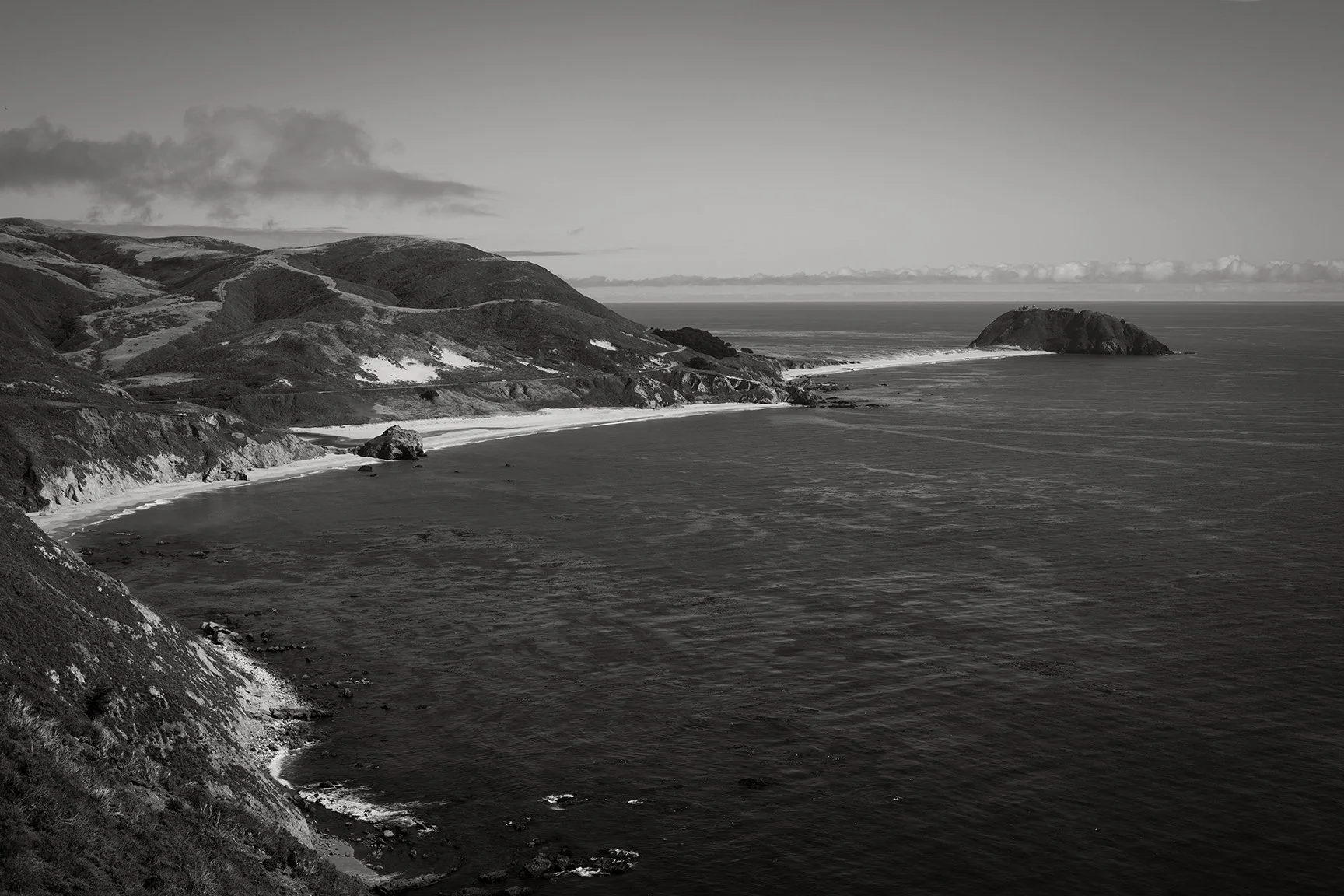Some structural anthropology, but of a different sort:
There’s a place called Terra Mar.* It’s this point of land that sticks out into the sea. Back in the 1980s and 1990s, I knew it was covered with ‘fake’ rock or concrete. It just was. I didn’t really know why or think about it much. It looks different to me these days, with different eyes. It’s a hodgepodge of shotcrete and other methods for making artificial walls. All to try to protect against erosion and shoreline loss. It’s an endless task. It works, for a while (see Image 1 above).
These kinds of habits and patterns result in complicated, problematic, and sometimes hazardous spaces. The seawalls at Terramar slowly degrade, fail, and break apart over time. They only last so long. There’s a similar situation in Pleasure Point, California, where I have also done fieldwork (see image 2).
That seawall, which is expected to last about 50 years, will eventually result in a shoreline with almost no beach left at all. The seawall, which was built about 10 years ago, has already started to fail here and there. There are places where fragments and rebar litter the beach. In one case, a local surfer was impaled on rusty rebar as he tried to get back to the shore. During recent storms, lifeguards had to rescue surfers who got trapped and could not get in safely because of large waves and tides.









